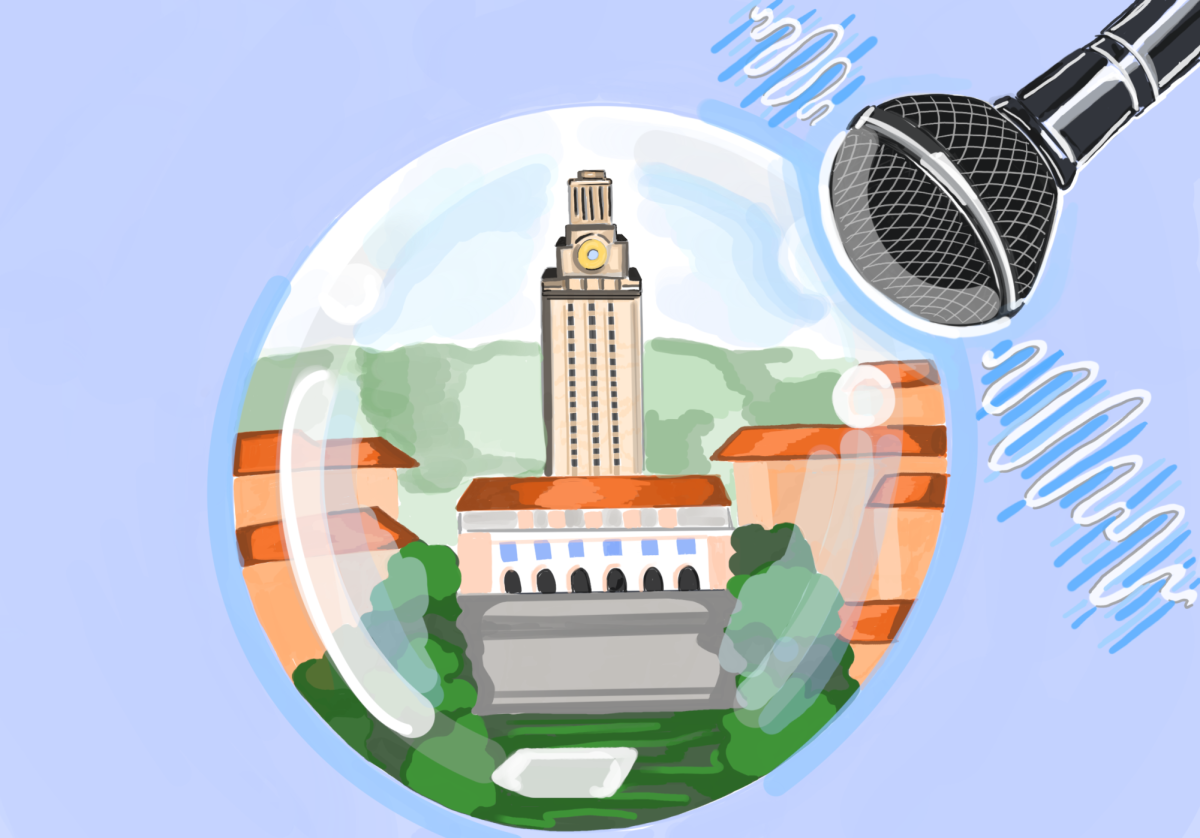Austin’s population growth can be felt in many different ways by its inhabitants. For professionals who work the traditional nine-to-five, this means bumper-to-bumper traffic for their rush hour commutes. For students at The University of Texas, this means signing leases almost a year in advance for rooms that cost upwards of $1,000 per month. For the increasing population of young professionals who live in the city, this means an increase of hipster coffee stops and yoga studios. The City of Austin’s population is growing exponentially, with approximately 110 people moving to the city each day.
Unfortunately, even though the population is increasing, the minority population is decreasing at a disproportionate rate. The already underrepresented minority population is becoming even more disadvantaged in terms of property taxes and education.
Andy Saldaña, a healthcare professional at Texas Oncology whose family has been located in East Austin for over a century, offered up an explanation: gentrification.
In his eyes, this change in recent years is to make room for the people who are coming to invest in properties on the east side of Interstate 35 due to Austin’s position as a technology hot spot. “West Austin jumped over [I-]35 and is coming our way,” Saldaña said. “I’m not talking about people from just Austin. I’m talking about people with money … People are getting kicked out.”
Saldaña also delved into the issue of education. One of the biggest things that has a detrimental effect on the community is that the public schools suffer as a result of higher-income families moving to the area. Property taxes go up as a result of the houses that are being purchased, “flipped” and are sold for often more than double the original price. As a result, public schools are losing money.
It is obvious that the increasingly white demographic does not match up with the minority populations of the public schools. This happens because the newcomers put their kids into private schools. The schools lose the child and, in turn, don’t get money from the state.
Gentrification perpetuates an already-existing cycle of the maltreatment of minority populations. Parents are forced to put their kids into schools that don’t have the resources or curriculum to support intelligent children. Unlike schools in higher socioeconomic areas and private schools, most of these kids don’t have parents who can help them at home. Those who have the resources to do otherwise aren’t willing to risk putting their high-performing kids in low-performing schools, even if it means improving the condition of the community.
The public school system is hurt by a perpetual lack of resources, a problem which is made worse by the increasing wealth in the area. Even though gentrification can be beneficial to local businesses, the damaging side effects of the process far outweigh any benefits on East Austin communities.
Rahman is a business and Plan II sophomore from Austin. Follow her on Twitter @MehrazR.





















